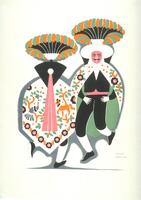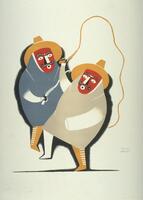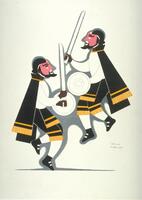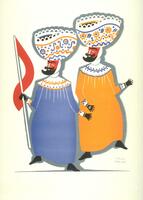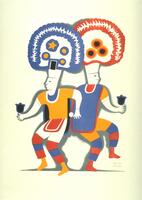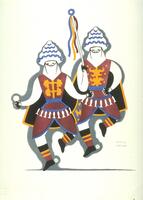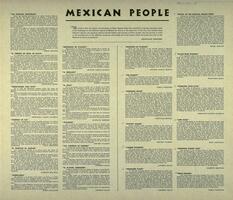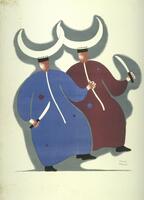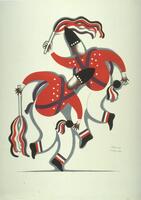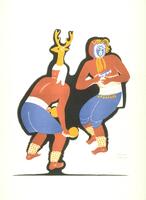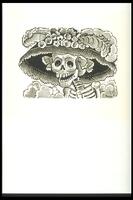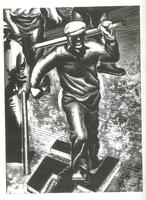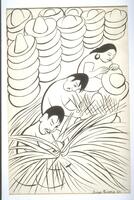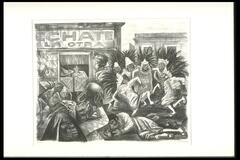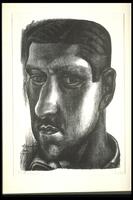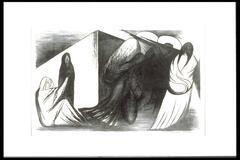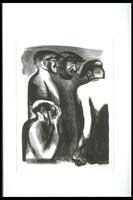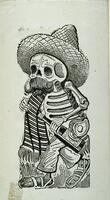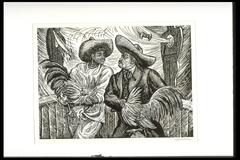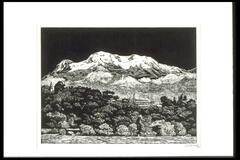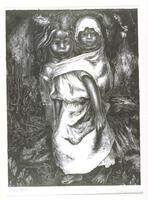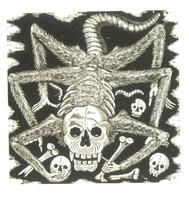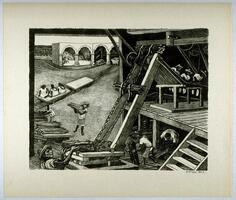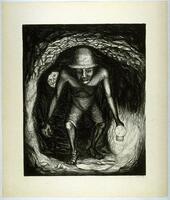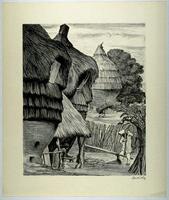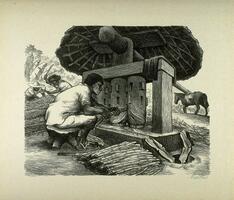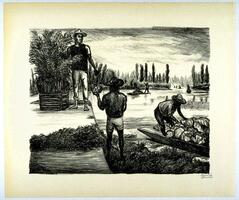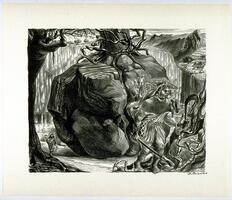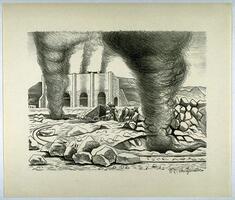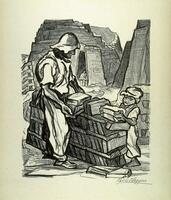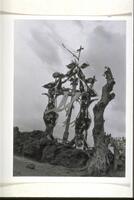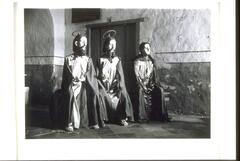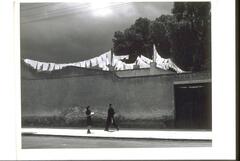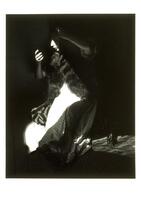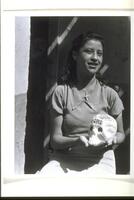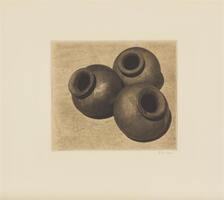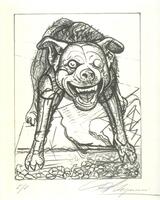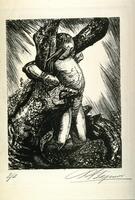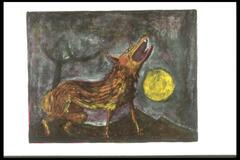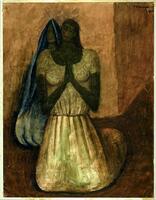Exhibition research for Detroit Institute of Arts exhibition of prints, drawings, and photographs, tentatively scheduled for 2019.
Contact: Clare Rogan, Curator of Prints & Drawings, crogan@dia.org
49 Items in this Learning Collection
Collection Object
Collection Object
Collection Object
Collection Object
Collection Object
Collection Object
Collection Object
Collection Object
Collection Object
Collection Object
Collection Object
Collection Object
Collection Object
Collection Object
Collection Object
Collection Object
Collection Object
Collection Object
Collection Object
Collection Object
Collection Object
Collection Object
Collection Object
Collection Object
Collection Object
Collection Object
Collection Object
Collection Object
Collection Object
Collection Object
Collection Object
Collection Object
Collection Object
Collection Object
Collection Object
Collection Object
Collection Object
Copyright
All Rights Reserved
()
Danza de los Paragüeros
Accession Number
1944.10
Title
Danza de los Paragüeros
Artist(s)
Carlos Mérida
Artist Nationality
Guatemalan
Object Creation Date
circa 1937-1939
Medium & Support
lithograph on paper
Dimensions
16 7/8 in x 12 1/2 in (42.86 cm x 31.75 cm)
Credit Line
Museum Purchase
Subject matter
This is one of a series of ten prints that depict the traditional dances of México. Mérida was the co-founder of the dance school for the Secretariat of Education (Escuela de la Danza de la Secretaría de Educación Pública), which worked to preserve the native dances of the region. In addition to this set, at this time, he produced a number of series that cataloged the popular arts and industries of Mexico and his native Guatemala.
This print depicts a dance that was created after Spanish conquest, in response to the Hacienda owners' extravagent parties and dances—the dance originated in the 19th century during French occupation. The indigenous people of Tlaxcala began to make blue-eyed masks representing the Europeans and to dress extravagantly and dance in strange movements in order to satirize their landlords. Depicted in this print are "Los Charros," this term is literally translated as "Horsemen" but also means "umbrella holders," who dance the "dance of the snake." The dance choreography comes from a legend of a beautiful but frivolous woman, who the local town's men are infatuated with; they ask the gods to release them from their torment and she disappears in thunder and smoke, only to be replaced by a disgusting snake who continues to torment the town. This dance is practiced during Carnival, in anticipation of Lent in the Christian calendar.
Physical Description
Centered in the page in this print are two figures in matching costume, one facing the viewer and one away. They are each dressed in a black suit with pink cumberbund and white socks and gloves. Each figure wears a cape with green interior; the back is white with vegetal and animal motifs in orange, pink, green, grey and black. On the left, the more-visible cape has a grey bird on one side and an orange horse on the other. As visible on the left figure, who faces away, there is a large black collar on the cape in the shape of a triangle, and off of the collar hangs a long pink piece of fabric. Both figures wear white hats—shaped like umbrellas—that have large plumage of black, orange and green coming from a pole off the top. Lastly, as seen in the right figure, they wear a pink mask with a mustached face.
Primary Object Classification
Print
Collection Area
Modern and Contemporary
Rights
If you are interested in using an image for a publication, please visit http://umma.umich.edu/request-image for more information and to fill out the online Image Rights and Reproductions Request Form. Keywords
Mexico
Serpentes (suborder)
Tlaxcalan
capes (outerwear)
cummerbunds
dancers
face masks
folk dances
headdresses
modern and contemporary art
umbrellas
1944.10
Title
Danza de los Paragüeros
Artist(s)
Carlos Mérida
Artist Nationality
Guatemalan
Object Creation Date
circa 1937-1939
Medium & Support
lithograph on paper
Dimensions
16 7/8 in x 12 1/2 in (42.86 cm x 31.75 cm)
Credit Line
Museum Purchase
Subject matter
This is one of a series of ten prints that depict the traditional dances of México. Mérida was the co-founder of the dance school for the Secretariat of Education (Escuela de la Danza de la Secretaría de Educación Pública), which worked to preserve the native dances of the region. In addition to this set, at this time, he produced a number of series that cataloged the popular arts and industries of Mexico and his native Guatemala.
This print depicts a dance that was created after Spanish conquest, in response to the Hacienda owners' extravagent parties and dances—the dance originated in the 19th century during French occupation. The indigenous people of Tlaxcala began to make blue-eyed masks representing the Europeans and to dress extravagantly and dance in strange movements in order to satirize their landlords. Depicted in this print are "Los Charros," this term is literally translated as "Horsemen" but also means "umbrella holders," who dance the "dance of the snake." The dance choreography comes from a legend of a beautiful but frivolous woman, who the local town's men are infatuated with; they ask the gods to release them from their torment and she disappears in thunder and smoke, only to be replaced by a disgusting snake who continues to torment the town. This dance is practiced during Carnival, in anticipation of Lent in the Christian calendar.
Physical Description
Centered in the page in this print are two figures in matching costume, one facing the viewer and one away. They are each dressed in a black suit with pink cumberbund and white socks and gloves. Each figure wears a cape with green interior; the back is white with vegetal and animal motifs in orange, pink, green, grey and black. On the left, the more-visible cape has a grey bird on one side and an orange horse on the other. As visible on the left figure, who faces away, there is a large black collar on the cape in the shape of a triangle, and off of the collar hangs a long pink piece of fabric. Both figures wear white hats—shaped like umbrellas—that have large plumage of black, orange and green coming from a pole off the top. Lastly, as seen in the right figure, they wear a pink mask with a mustached face.
Primary Object Classification
Collection Area
Modern and Contemporary
Rights
If you are interested in using an image for a publication, please visit http://umma.umich.edu/request-image for more information and to fill out the online Image Rights and Reproductions Request Form. Keywords
Mexico
Serpentes (suborder)
Tlaxcalan
capes (outerwear)
cummerbunds
dancers
face masks
folk dances
headdresses
modern and contemporary art
umbrellas
